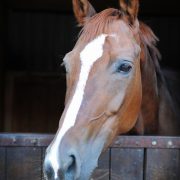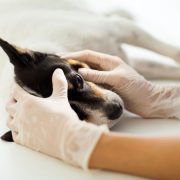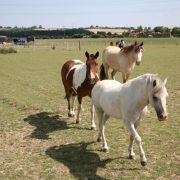World Small Animal Veterinary Association Global Dental Guidelines
WSAVA | November 2017
Dental and oral diseases are one of the most common problems encountered in small animal practice. These diseases lead to conditions which can cause significant pain, thus undiagnosed or untreated dental disease is a significant animal welfare concern…










Connect with us